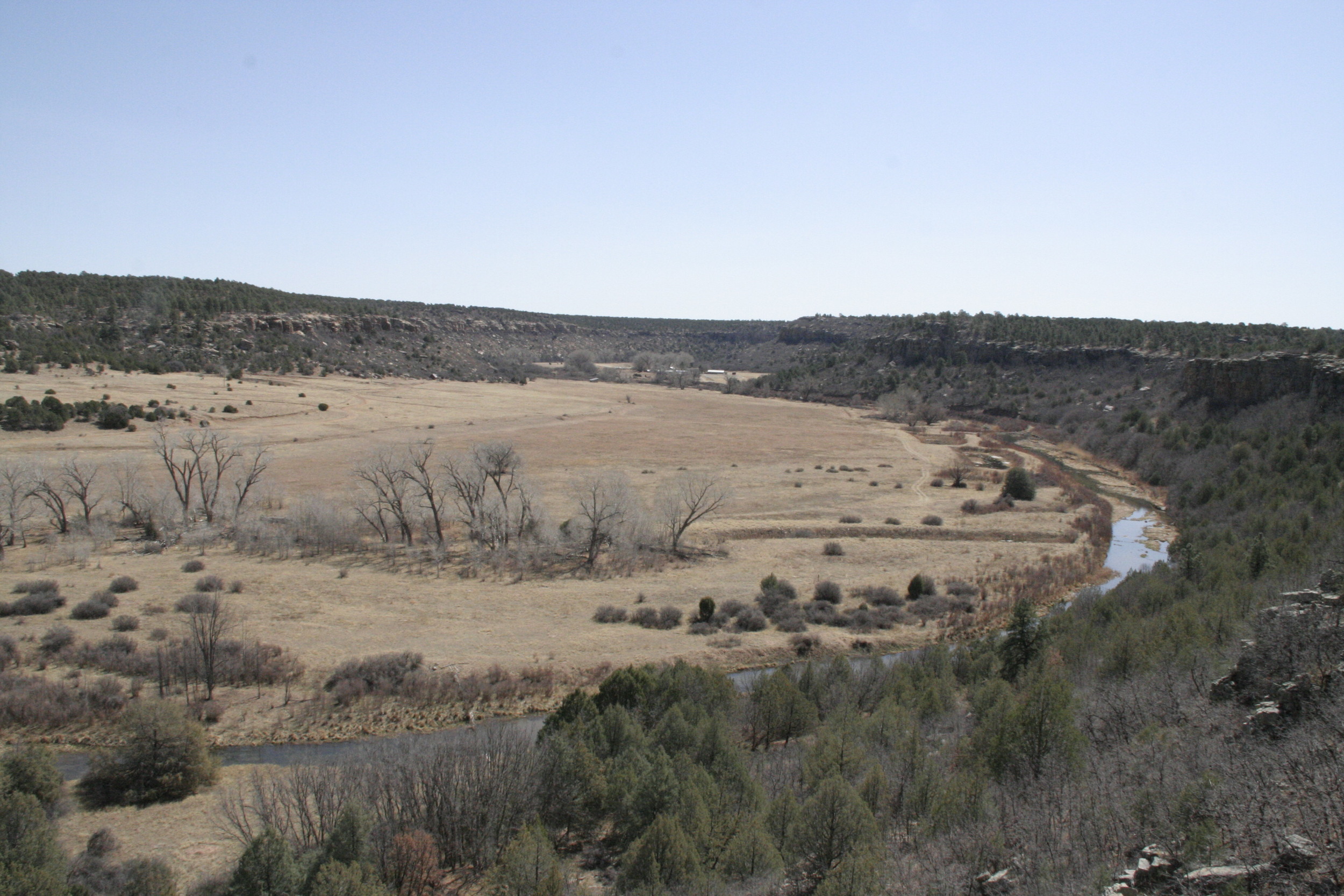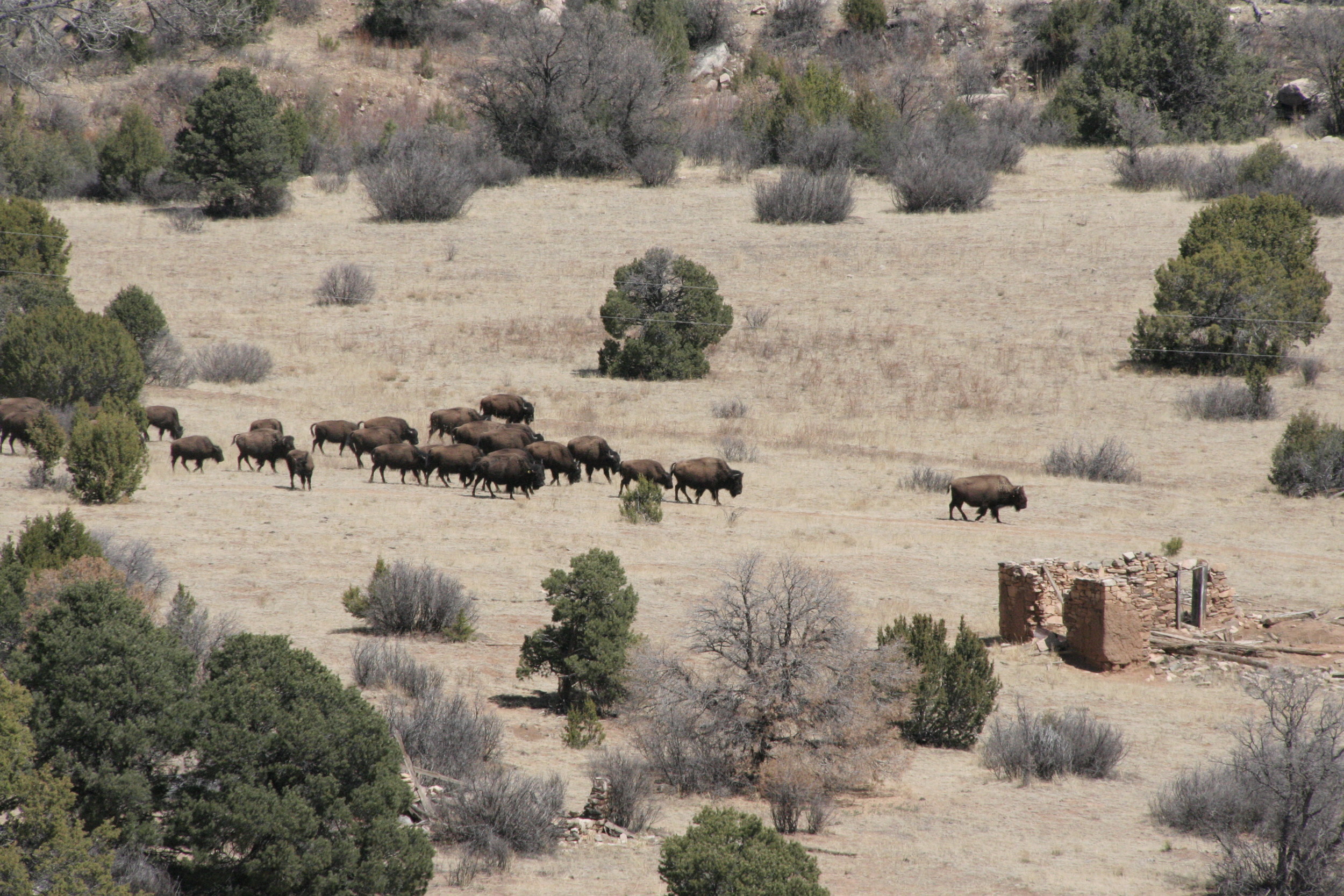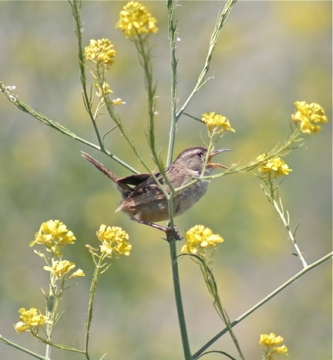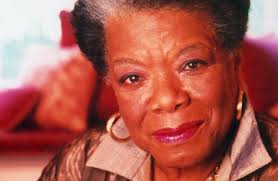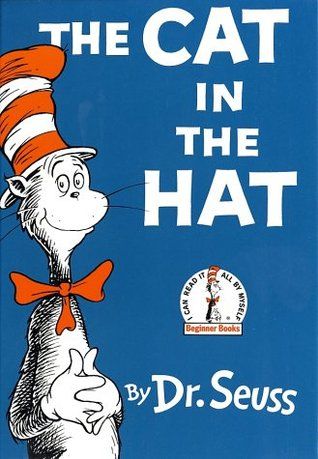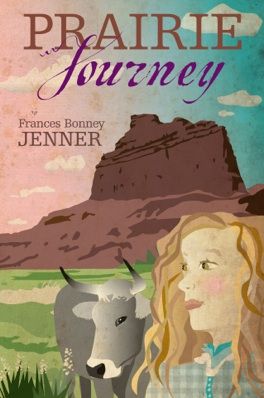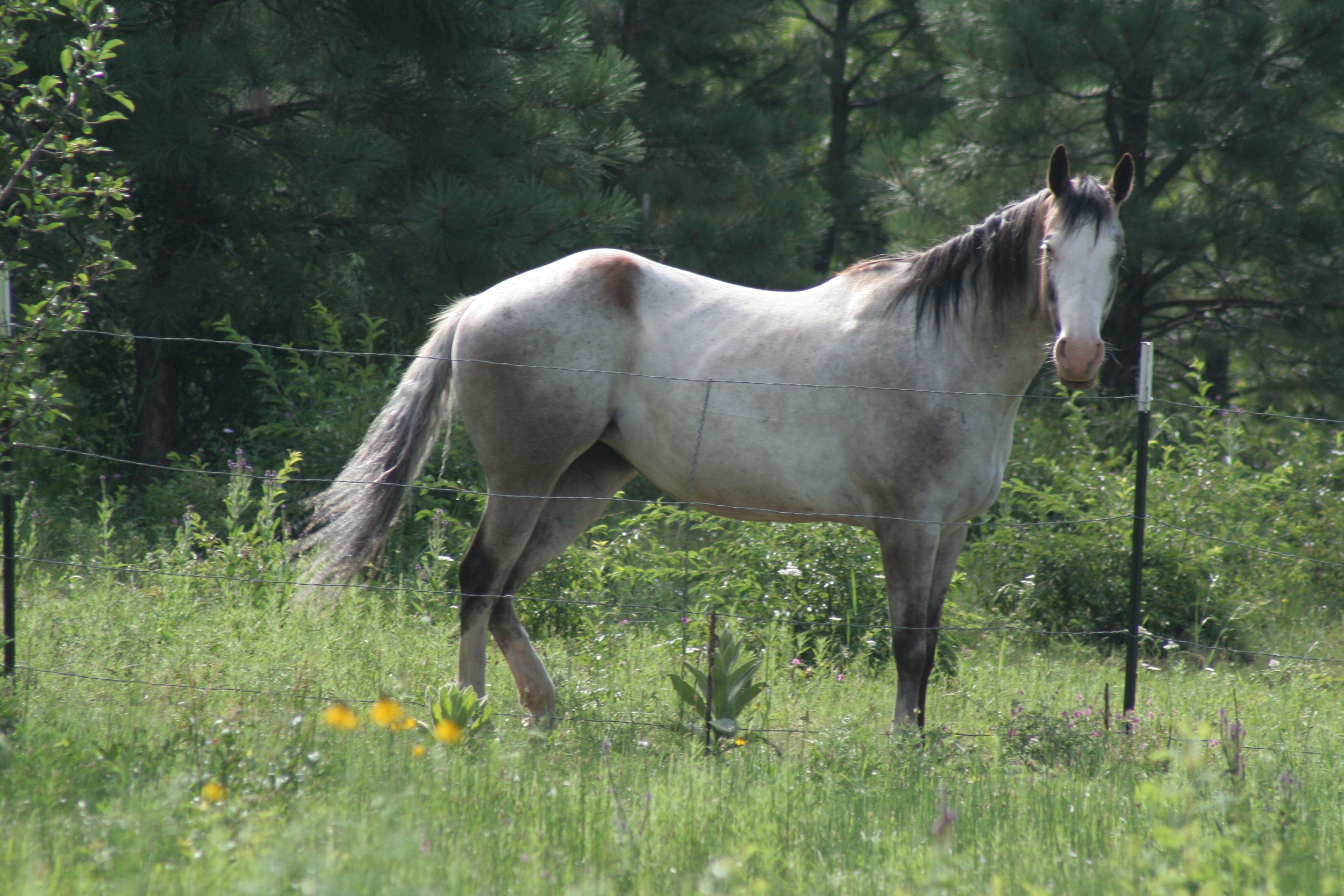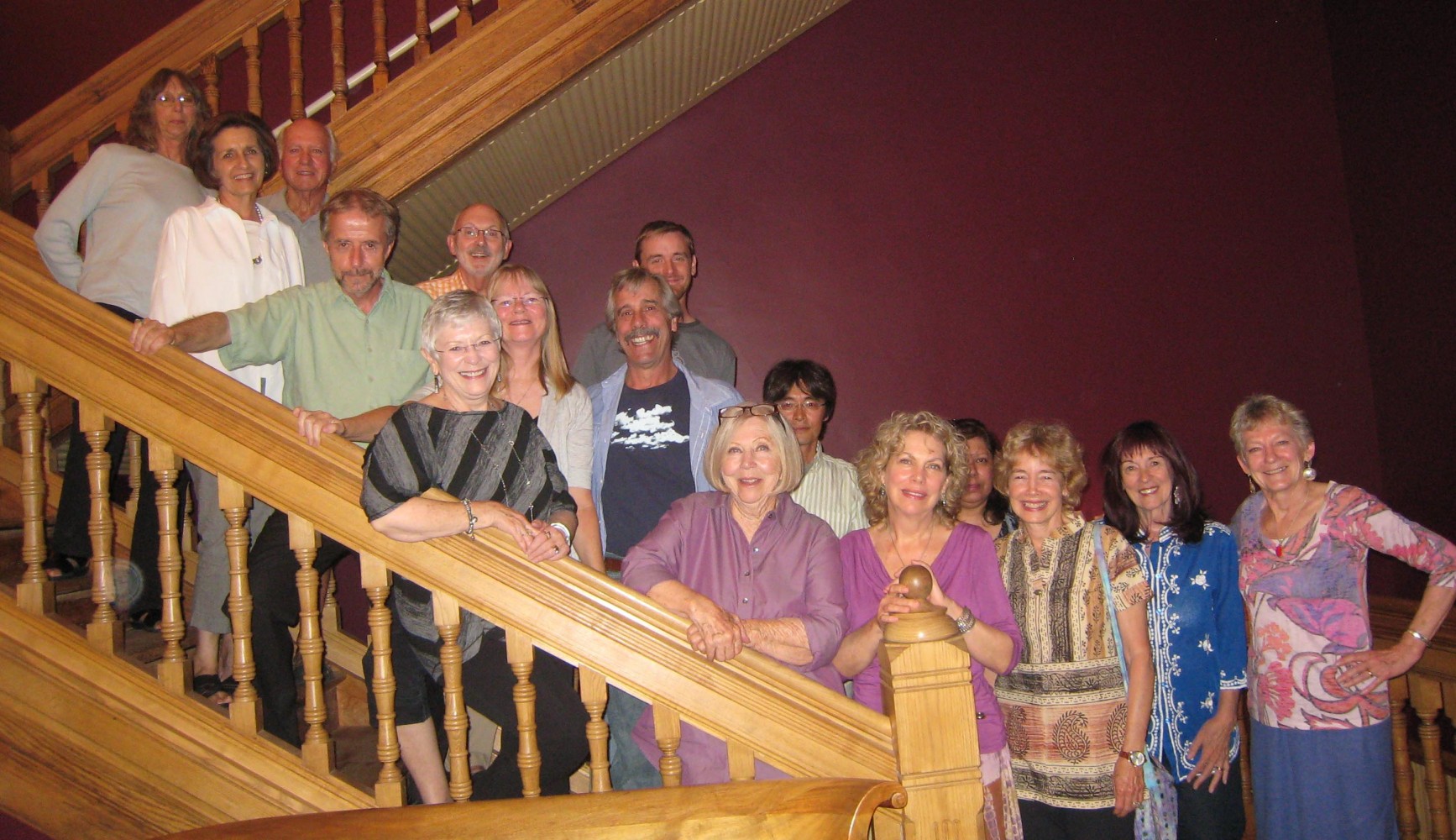Rio Mora Wildlife Refuge, Watrous, New Mexico
Two weeks ago we sat on the rim rock above the Mora Valley in northern New Mexico and listened to the call of a raven, breathed in the scent of sun on pinion needles, and thought how lucky we were to be here, in this protected piece of land with no cars, no garbage, no amenities, no other humans. All that was missing was a glimpse of the resident herd of "buffalo" (American Bison). We knew the odds of our seeing them in this 42,000 plus acre Refuge, were pretty low, so we were happy with hiking about, checking out old stone outcroppings, trying to identify the birdsong.
And then, just as we were about to leave and explore the ghost town of Loma Parde, out from behind a big pinon below us walks a big bison, then another, and another, cows and calves and yearlings all stretched out like a string of ancient, furry, black pearls.
Be sure and support your local National Wildlife Refuge. Without the open land, without contact with animals and birds, we will all be less human.

